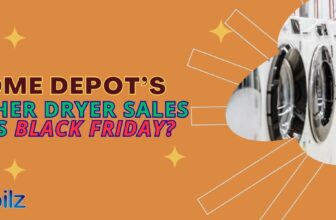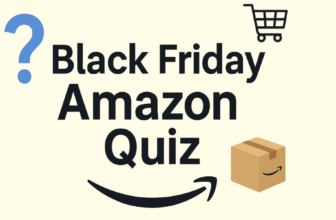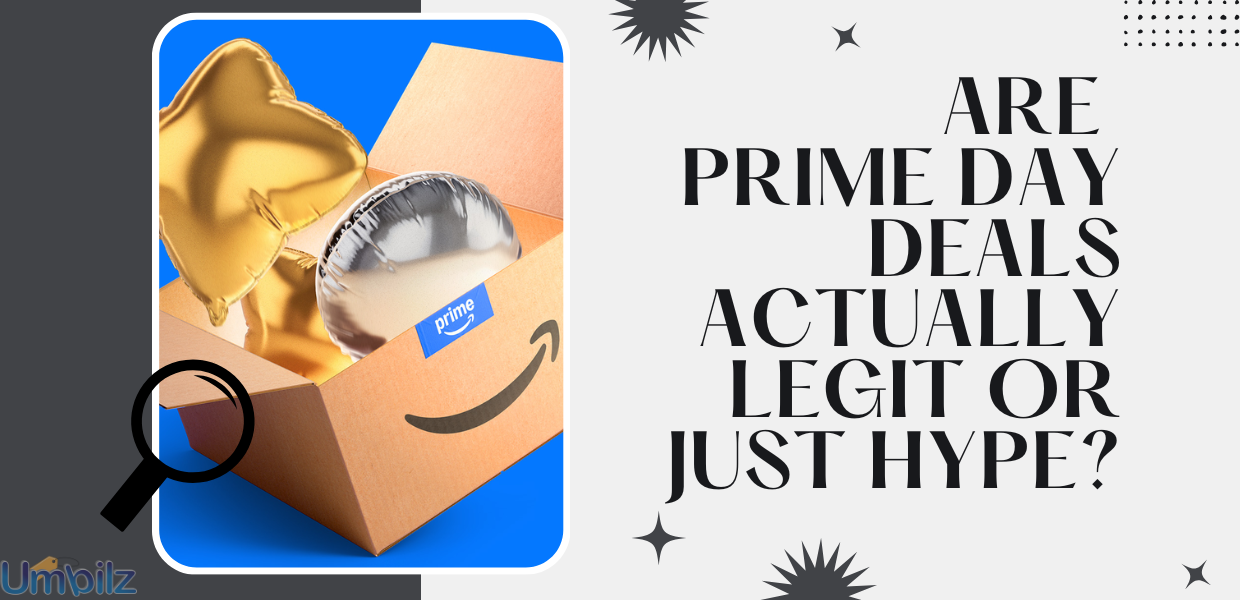
Every year, millions of shoppers mark their calendars for Amazon Prime Day, eagerly awaiting massive discounts across electronics, fashion, home goods, and more. But a recurring question has many buyers skeptical: is Prime Day deals legit or is it just clever marketing hype? In this article, we’ll dive deep into the world of Prime Day, explore how the deals work, and give you practical tips to spot real bargains.
What is Amazon Prime Day and Why Does It Matter?
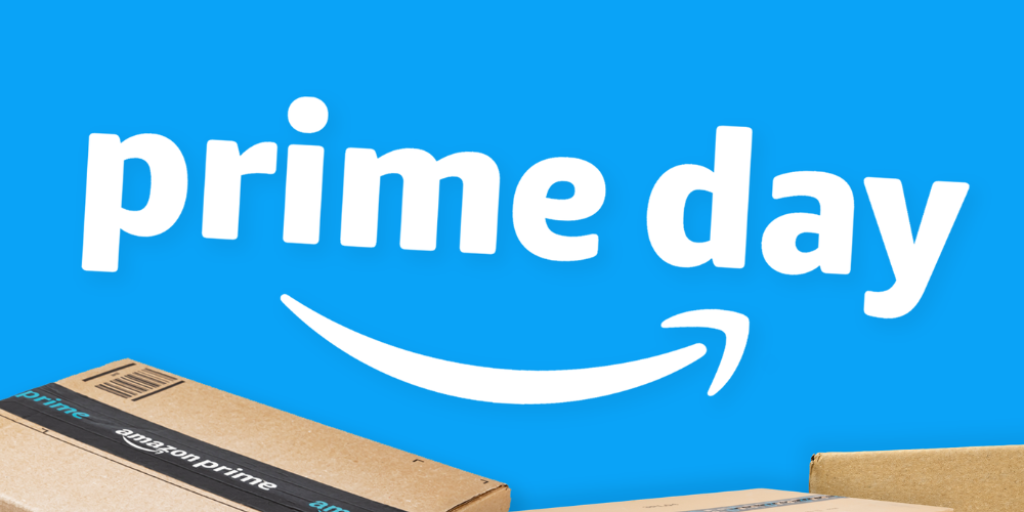
Amazon Prime Day was launched in 2015 to celebrate Amazon’s 20th anniversary, giving members of its subscription service exclusive access to deals. Over the years, it has grown into a global shopping phenomenon that rivals Black Friday and Cyber Monday.
The appeal is simple: huge discounts across thousands of products, often for a limited time. Electronics, smart home devices, fashion, beauty, and even groceries are featured, making it a one-stop event for shoppers. For many, Prime Day isn’t just about buying products, it’s about scoring a deal they can’t get any other time of the year.
Are Prime Day Deals Only for Prime Members?
Yes, Amazon Prime Day deals are exclusive to Amazon Prime members. This means that to access the full range of discounts, shoppers must either have an active Prime subscription or sign up for a free trial. The exclusivity is a key reason why Amazon Prime Day has grown into such a major shopping event, as it not only rewards loyal members but also encourages new users to join the Prime program.
Prime membership comes with several benefits beyond shopping discounts, including free next-day delivery, access to Prime Video, and Prime Music. During Prime Day, these perks become even more valuable, as members get early access to limited-time deals and lightning sales that non-members cannot see or purchase.
For shoppers wondering whether they can take advantage of the discounts without a subscription, Amazon does offer a 30-day free trial. This allows customers to experience Prime Day deals without committing to a full subscription, making it easier to evaluate whether joining Prime is worth it while also enjoying substantial savings on products from electronics and home goods to fashion and beauty.
Understanding the Hype Around Prime Day Deals
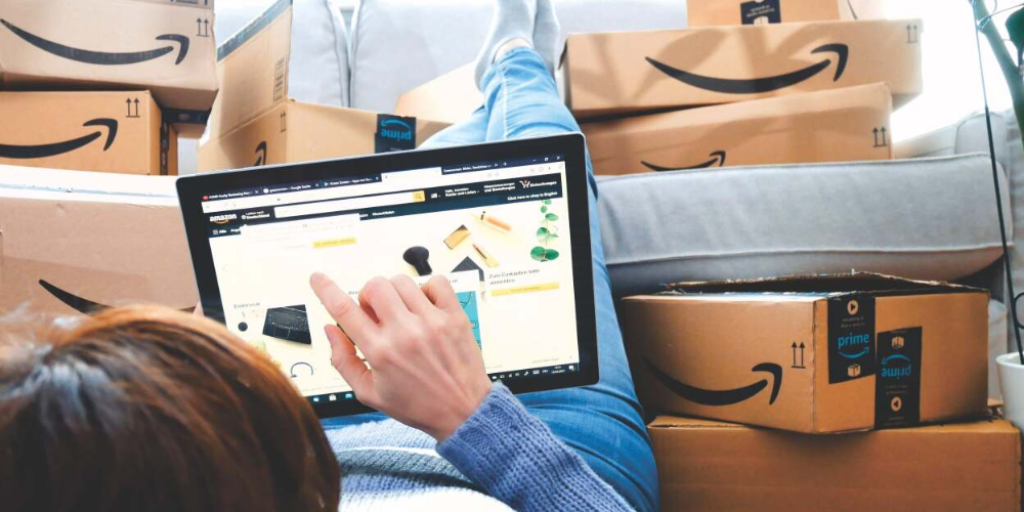
While Prime Day offers genuine discounts, the hype around the event is amplified by marketing strategies that play on scarcity and urgency. Amazon uses tools like Lightning Deals, which are limited in time and stock, creating a sense of urgency.
Additionally, the exclusivity of Prime membership fuels the FOMO (fear of missing out). Shoppers feel compelled to make purchases quickly, which sometimes leads to impulse buying or overlooking research. This is why many people ask, is Prime Day deals legit?
Another way to boost your savings is to check out Amazon Promo Codes & Coupons from Umbliz, which can sometimes be stacked with Prime Day deals for extra value.
Legit Deals vs. Inflated Discounts

Not all discounts are created equal. Understanding which deals are genuine is key to making smart purchases.
Examples of Legit Deals:
- Electronics: In past Prime Days, products like Apple AirPods, Fire TV sticks, and Kindle devices have seen real price cuts of 20–30%. These discounts often beat what competitors offer.
- Home Essentials: Appliances like Roomba vacuums or Ninja blenders have historically been offered at their lowest annual prices.
Examples of Inflated Discounts:
- Some sellers increase the “original” price in the weeks before Prime Day, then list the product as “50% off,” when in reality, the price is similar to what it was pre-sale.
- Niche gadgets or off-brand electronics may appear discounted but are rarely better than prices found on other retail sites.
By comparing historical pricing, shoppers can differentiate between real deals and marketing gimmicks.
How to Spot Real Bargains
If you’re wondering is Prime Day deals legit, here are strategies to separate the wheat from the chaff:
- Check Price History: Tools like CamelCamelCamel or browser extensions can show historical prices, helping identify genuine discounts.
- Set Alerts for Wishlist Items: Track the products you want and receive notifications when prices drop.
- Compare with Competitors: Compare with Competitors: Some deals on Amazon are mirrored elsewhere at similar prices, so cross-check before buying. For example, seeing how retailers like Costco adjust their prices during Prime Day can help you verify if Amazon’s discounts are truly competitive.
- Beware of Fake Scarcity: Limited stock messages can be exaggerated; confirm with multiple sources.
- Read Product Reviews: Both recent and older reviews help ensure the item is worth the purchase.
By doing a little homework, you can confidently spot legitimate deals without falling for hype.
Buyer Psychology: Why We Fall for Prime Day
The excitement around Prime Day isn’t just about discounts, it’s about human psychology. Several factors influence buying behavior:
- Urgency: Lightning Deals and countdown timers make shoppers feel they must act fast.
- Exclusivity: Prime members get access first, creating a sense of privilege.
- Social Proof: Seeing high demand or “X sold in the last hour” encourages purchases.
- Limited-Time Bundles: Product bundles make deals look more valuable than they may be individually.
Understanding these tactics helps you avoid impulsive spending while still enjoying the event.
What to Expect During Prime Big Deal Days 2025
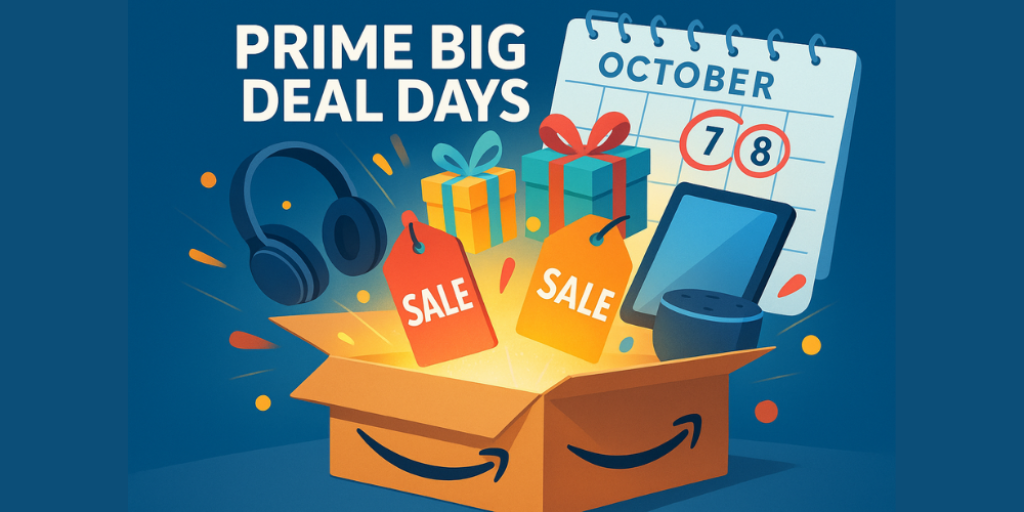
Amazon’s Prime Big Deal Days 2025 is scheduled for October 7–8, giving Prime members an exclusive opportunity to grab early holiday deals. This event acts as a prelude to the busy shopping season, offering shoppers the chance to secure discounts on a wide range of products before Black Friday.
While the exact deals are yet to be revealed, shoppers can expect substantial reductions across popular categories. Electronics are always a highlight, including smartphones, tablets, laptops, and smart home devices. Beauty enthusiasts can look forward to discounts on skincare, haircare, and wellness items from top brands. Home goods such as appliances, furniture, and décor are likely to see price cuts, while fashion items, including clothing, shoes, and accessories, will also be featured. For families, toys and games are expected to be part of the sale, making it an ideal time for early holiday shopping.
To make the most of Prime Big Deal Days, it’s recommended to keep an eye on Amazon’s official page for updates and consider setting alerts for the products you want, ensuring you don’t miss out on limited-time offers.
How Non-Members Can Access Prime Day Deals
Even though Amazon Prime Day is primarily for Prime members, non-members still have options to take advantage of the event. Amazon offers a 30-day free trial of Prime, which is perfect for first-time users wanting to shop the deals. By signing up for the trial just before Prime Day, shoppers gain full access to exclusive discounts, early-bird lightning deals, and bundle offers without paying for a full subscription.
It’s important to remember to cancel the trial before it converts to a paid membership if you do not wish to continue. Planning ahead ensures you can enjoy all the benefits of Prime Day without unnecessary charges.
Common Myths About Prime Day Deals
There are a few misconceptions about Prime Day that often cloud judgment:
| Myth | Reality |
| All Prime Day deals are the lowest prices of the year. | Many products are discounted, but not always at their absolute lowest. Black Friday or seasonal sales can sometimes offer better prices. |
| Every product is a must-buy. | Only buy items you actually need or have researched. Not everything marked down is worth the hype. |
| Prime Day is only for Amazon branded products. | Thousands of third party sellers also participate, often offering competitive deals. |
Recognizing these myths helps shoppers make rational decisions.
Balanced Takeaway: Are Prime Day Deals Worth It?
So, is Prime Day deals legit? The answer is nuanced. Many deals, especially on tech, home appliances, and Amazon devices, are real and can save shoppers hundreds of pounds. However, inflated discounts, psychological pressure, and aggressive marketing mean buyers need to remain cautious.
For shoppers, the best approach is to plan, track prices, compare deals, and focus on items you genuinely need. Prime Day can be a golden opportunity if approached strategically, but it’s not automatically a gold mine for every product.
Conclusion
Prime Day is a legitimate opportunity to save, but it’s not without its pitfalls. By understanding how deals are presented, knowing when to buy, and using tools to verify prices, shoppers can confidently navigate the event.
The next time you ask is Prime Day deals legit, remember: the deals themselves can be real, but savvy shopping requires preparation, awareness, and a discerning eye. With the right approach, Prime Day can be both exciting and rewarding.
Frequently Asked Questions
Q. Is Prime Day only for Amazon Prime members?
Yes, the full range of Prime Day deals is exclusive to Amazon Prime members. Non-members can still access deals by signing up for a 30-day free trial, which grants temporary access to all discounts and early lightning deals.
Q. Are all Prime Day deals genuinely discounted?
Not necessarily. While many deals are legitimate, some sellers inflate original prices to make discounts appear larger. Comparing historical prices and checking competitor stores can help determine if a deal is real.
Q. Can I combine Prime Day deals with other savings?
Yes, shoppers can sometimes use Amazon coupons and promo codes from Umbliz to stack additional savings on top of Prime Day discounts, maximizing their overall savings.
Q. When is Prime Big Deal Days 2025, and what deals can I expect?
Prime Big Deal Days 2025 is scheduled for October 7–8. Shoppers can expect discounts on electronics, home goods, beauty, fashion, toys, and early holiday deals similar to those seen during the main Prime Day event in July.
Q. How can I spot real bargains during Prime Day?
To ensure you get genuine deals, track price histories using tools like CamelCamelCamel, set alerts for wishlist items, compare prices across retailers, read product reviews, and watch for flash sales. These steps help separate real discounts from marketing hype.





